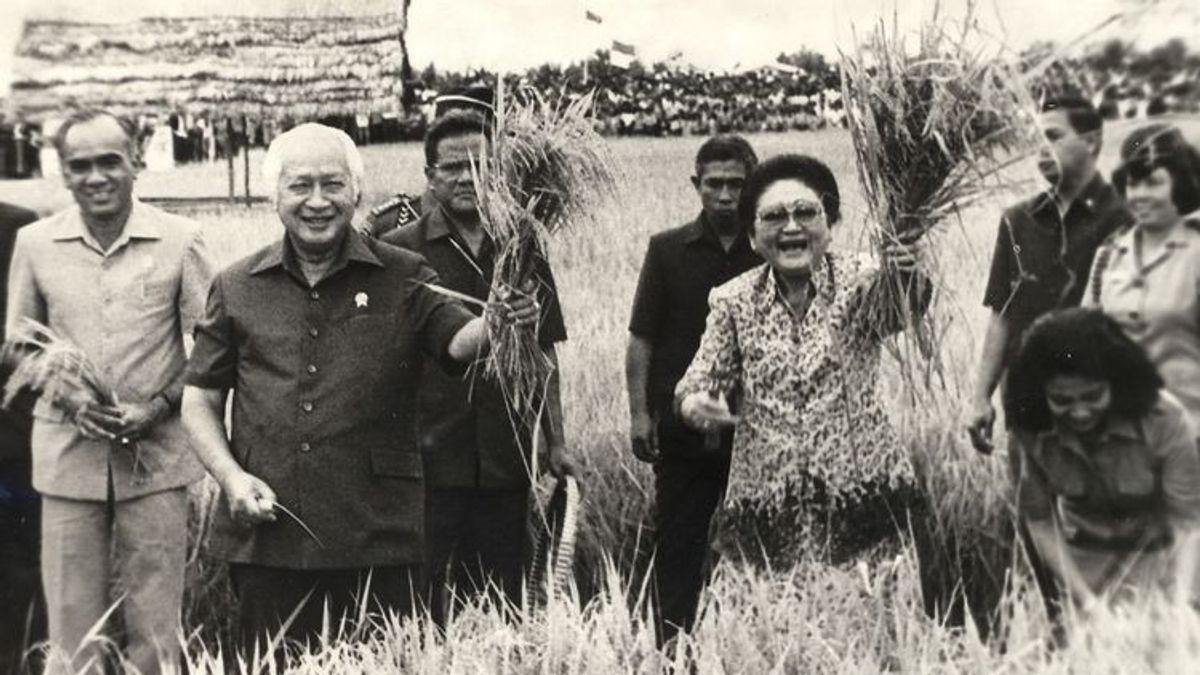In our rapidly evolving world, where some societies are advancing in areas like the Fourth Industrial Revolution, space exploration, and artificial intelligence, there remains a sobering reality. Many people still grapple with the fundamental issues of hunger and malnutrition.
The Global Hunger Index of 2022 sheds light on this global challenge, ranking Indonesia 77th out of 121 nations with a Global Hunger Score (GHI) of 17.9, signifying a moderate level of hunger. Zooming in on Southeast Asia, data from 2020 reveals that 7.3 percent of the population in the region experienced hunger, while 18.8 percent faced various degrees of food insecurity. Moreover, a staggering 27.4 percent of children under five years old in Southeast Asia suffered from stunted growth.
This sobering reality demands collective solutions. Food diversification has emerged as a viable strategy to address this pressing issue. The idea behind this approach is simple: encourage communities to diversify their staple foods, reducing their reliance on a single, often limited, source of sustenance. Indonesia, with its diverse geography and demographics, provides fertile ground for the implementation of such a strategy.
The roots of Indonesia's food diversification program trace back to the New Order era under President Suharto. Between 1975 and 1979, this initiative kicked off with a set of flagship products, including cassava (ketela), beans (kacang), and corn (djagung), collectively known as "Tekad." Concurrently, efforts to promote sago cultivation in eastern Indonesia were underway. However, the program encountered challenges when the New Order achieved self-sufficiency in rice production (swasembada beras) in 1984, inadvertently reinforcing rice as the predominant staple.

President Joko Widodo has emphasized the importance of food diversification as a critical strategy to address food crises. He has championed alternatives like corn, sago, and sorghum. Beyond reducing Indonesia's dependence on rice, this diversification can also mitigate the country's reliance on wheat and corn imports.
Signs of progress in cultivating alternative staple crops are visible across various regions of Indonesia. In 2022, approximately 15,000 hectares of sorghum fields were recorded in Java, South Sulawesi, Southeast Sulawesi, West Nusa Tenggara, and East Nusa Tenggara. Sorghum's suitability for cultivation in regions with lower rainfall is due to its lower water and topsoil requirements compared to rice. Simultaneously, sago cultivation has expanded to cover about 5.5 million hectares in various parts of Indonesia, particularly in Papua, West Papua, South Papua, and Central Papua.

However, Indonesia's food diversification program faces obstacles. Deep-seated cultural beliefs, like the saying "It's not considered a meal if you haven't eaten rice," pose a challenge to diversifying diets. Additionally, low household incomes limit access to nutritious foods, and technological constraints hinder food processing in many regions. Nevertheless, the Indonesian government remains committed to this initiative, viewing it as a path toward ensuring a well-nourished and food-secure population while bolstering resilience against food crises.
In a world marked by disparities, the quest for equitable access to nourishment and food security remains a global imperative, and Indonesia's journey toward food diversification serves as an important step in that direction.




















